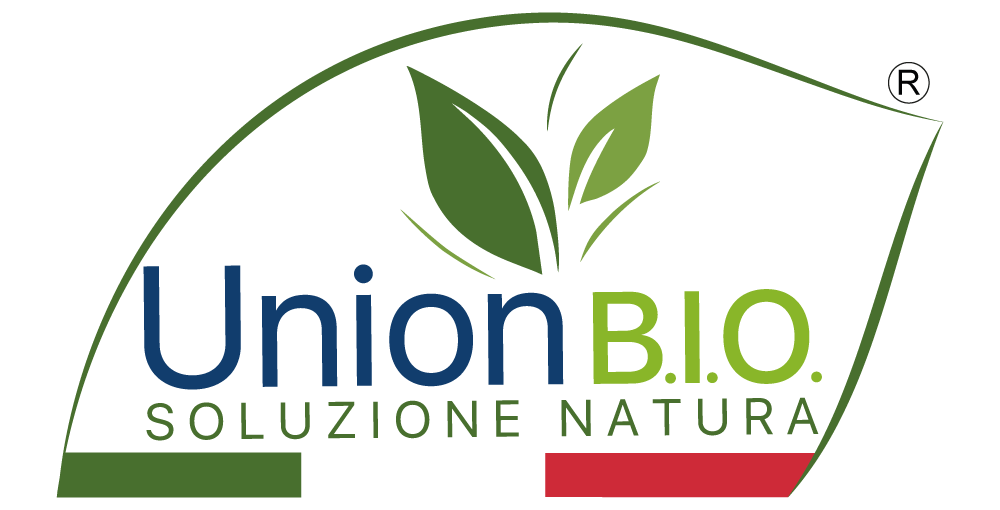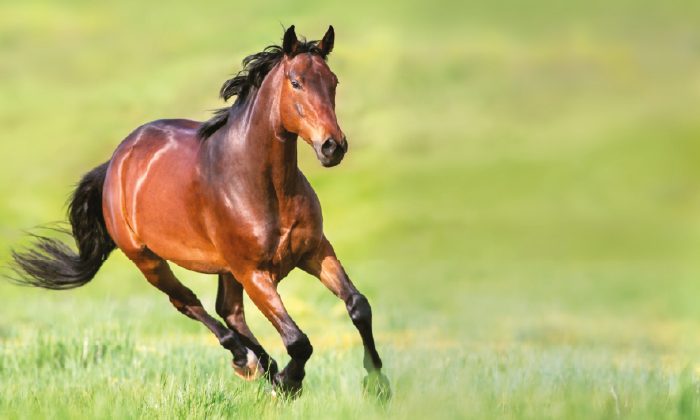La Pet Therapy is a co-therapy which is based on report that can occur between a animal (dog, horse, rabbit and others) and themens bringing benefits to the latter's psychophysical health.
Men and animals have always lived and worked side by side, benefiting each other from company, strength and courage.
For the first time in the late 1700s, doctors used animals for therapeutic purposes in a psychiatric hospital, sensing their ability to encourage self-control on patients. In 1800 Germany and France included animals in recovery projects for patients with neurological problems (especially horses), for cure schizophrenia and depression
Around 1950, the psychotherapist Boris Levinson, realizes that during the meetings with his patients, the mere presence of his dog had an extremely positive action: it is only the beginning of the long journey of what around 1960 is defined for the first time "Pet Therapy" (named by the Ministry of Health as a therapeutic support activity, implemented through the use of relationship between man and pet, and sees Boris Levinson as one of his founding fathers.
Twenty years later, in 1982, the Delta Society was born, an association that is concerned with creating internationally recognized standards for a correct and functional approach to animal-assisted therapies and activities. One of the methods chosen to verify the suitability of both the human component and the dog lover to carry out this type of activity in safety is the certification of the human-animal couple based on the Pet Partners® model, precisely because, for a success of the activity, the mere presence of the dog or other animals is no longer enough, but a relationship must be established between the animal and its handler relationship based on trust and reciprocity: the dog must be able to have fun with the handler, who in turn must be able to not burden the animal's work.
What does pet therapy consist of
The dog must be led and accompanied by an experienced, competent and prepared person who is able to read the behavior and needs of your pet: essential factor to be able to safely carry out any type of activity.
- interventions assisted by animals can be recreational / educational, educational or therapeutic, with the common intent of trying to improve the quality of life of the people involved in the various projects without ever wanting to replace the administration of drug therapies but supporting them as co-therapy and support for existing programs.
With children suffering from particular problems and hospitalized adults, meeting the dog can help maintain a good psycho-physical balance; inside an institution the presence of the dog, with its dynamism and affective charge, brings that slight confusion which in totalizing environments distracts from the monotony and everyday thoughts. Precisely for this reason, often, in these places the interaction between guests and the dog is promoted, leaving the latter the task of managing actions and emotions.
There are no dogs trained to become good operators, but well-behaved dogs that, accompanied by their reference figure, can be a resource for anyone who wants to approach this reality; as Gwenth Arangio Ruiz wrote "a therapy dog is not just any old dog, nor is it a magnificent and lovable puppy: it is a serious, generous, calm and polite dog, with steel nerves, infinite patience and an indispensable quality: the desire to please ".
My experience with Dakota
As for my personal experience, I report the story of Dakota to demonstrate that any balanced, educated and patient dog has the possibility of being able to be included in projects that involve the presence of an animal. Dakota is almost four years old and comes from Agrigento, she was saved by Aaron, one of the many associations that deal with stray dogs in southern Italy and today, after a training course, she has been working for two years in the projects of interventions assisted with animals. When Dakota arrives at the nursing home, the ladies ask for information about her state of health, if she eats, if she plays and if she is bathed regularly and in the meantime, she wags her tail between a pram and a pair of crutches, receiving tidbits from everyone .
When Dakota is absent, the speeches on the care, on his well-being and on the activities that can be done, occupy the time of the guests of the structure, thus promoting socializing among these people who often find themselves alone in such structures the idea and the Thought that it can still be useful and be able to take care of an animal personally, it alleviates and leads to forgetting, even for short periods, that institutionalization condition that characterizes this type of structure. The possibility of having a weekly appointment with Dakota creates in the guests a waiting mechanism and there stimulates to always have a thought projected to the future, towards a concrete, versatile and unique stimulus.
I conclude with the words of Felice Cimatti: " However, animals are able to communicate with each other and use this faculty for various functions: we humans too can therefore << communicate >> with animals, through mimic expressions, attitudes, tactile sensations, smells that transmit precise messages and express states of soul and emotions. Moving on this level of << non-verbal communication >>, often now difficult to understand, can be very useful for overcoming developmental, communication or behavioral difficulties, and in fact numerous applications of pet therapy are based on this mechanism ".
Silvia Tondù '& Dakota
Photo:he sputtered, Shawn, Silvia Tondù























